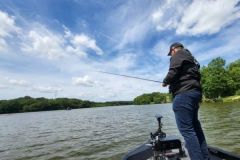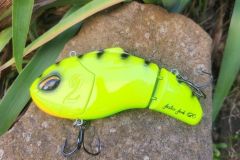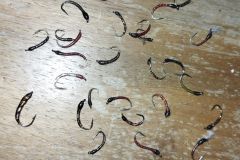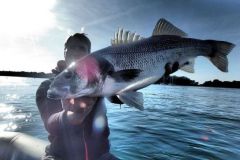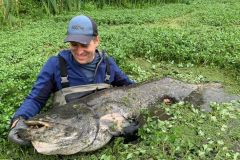Capture a live one
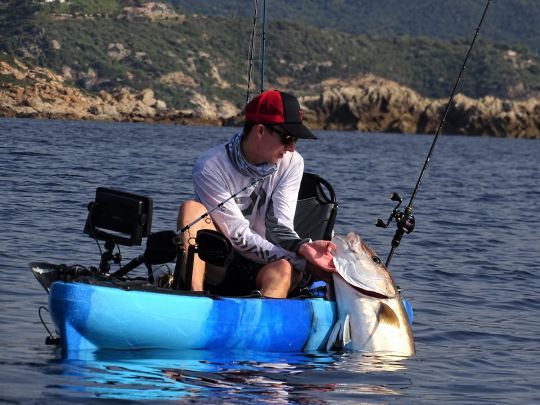
This is the determining point of this technique, different choices are offered to us depending on what we can find in the area. In the summer season, the most efficient livebait to target the big individuals is the red squid. Easy to catch in the early morning in large depths, it is a solid livebait that works very well. White squid can also be used, more in the cold season when they are close to the coast. Be careful though, small sparids love it and may eat it quickly and therefore not make it fishable anymore.
Finally, when the anchovies come closer to the shore and the small pelagics take advantage of this to fill their bellies, the amberjacks will not be far away, looking for an easy prey. Tuna and bonito are extremely effective, but are also very fragile. A tuna that is not properly hooked with a small lure may die too quickly and not be fishable anymore. Small pelagics require a little more knowledge and practice to capture them and release them with a rig quickly.
A free and quick to set up

When fishing for amberjack, our squid or pelagic must be as free as possible to look natural. We use a single hook, strong iron and large size, for small pelagics and small squid. For larger fish, we add an assist finished with another single on squid and a triple if it is a pelagic fish.
The rig should be placed in the fish in less than 30 seconds, ideally 15, to avoid damaging or killing it. Once back in the water, we let go our livebait and the whole of our leader. We then fix a lead above the knot of connection by means of a rubber band, easy to remove during a fight with a fish. We can add a small inflatable balloon, preferably one that doesn't burst easily so we can go back and get it after the fight, which will serve as a stopper to keep the line away from the drifting boat.
Fishing depth
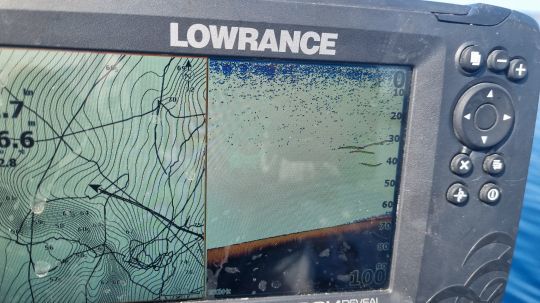
Using a small inflatable balloon, we can easily adjust the fishing depth of our rig. With colored braid, it will be enough to count each color corresponding to a 10 meters step.
In the summer and winter, when amberjack are feeding on squid, try to fish about 30 meters above the bottom, low enough to see your livebait without the risk of amberjack rubbing against the bottom on the start.
On the other hand, for the fall, the livebait must be located at the edge of the thermocline. It is not uncommon for yellowtail to hunt in schools, 30 or 40 meters below the surface even when there is more than 100 meters of depth below them.





